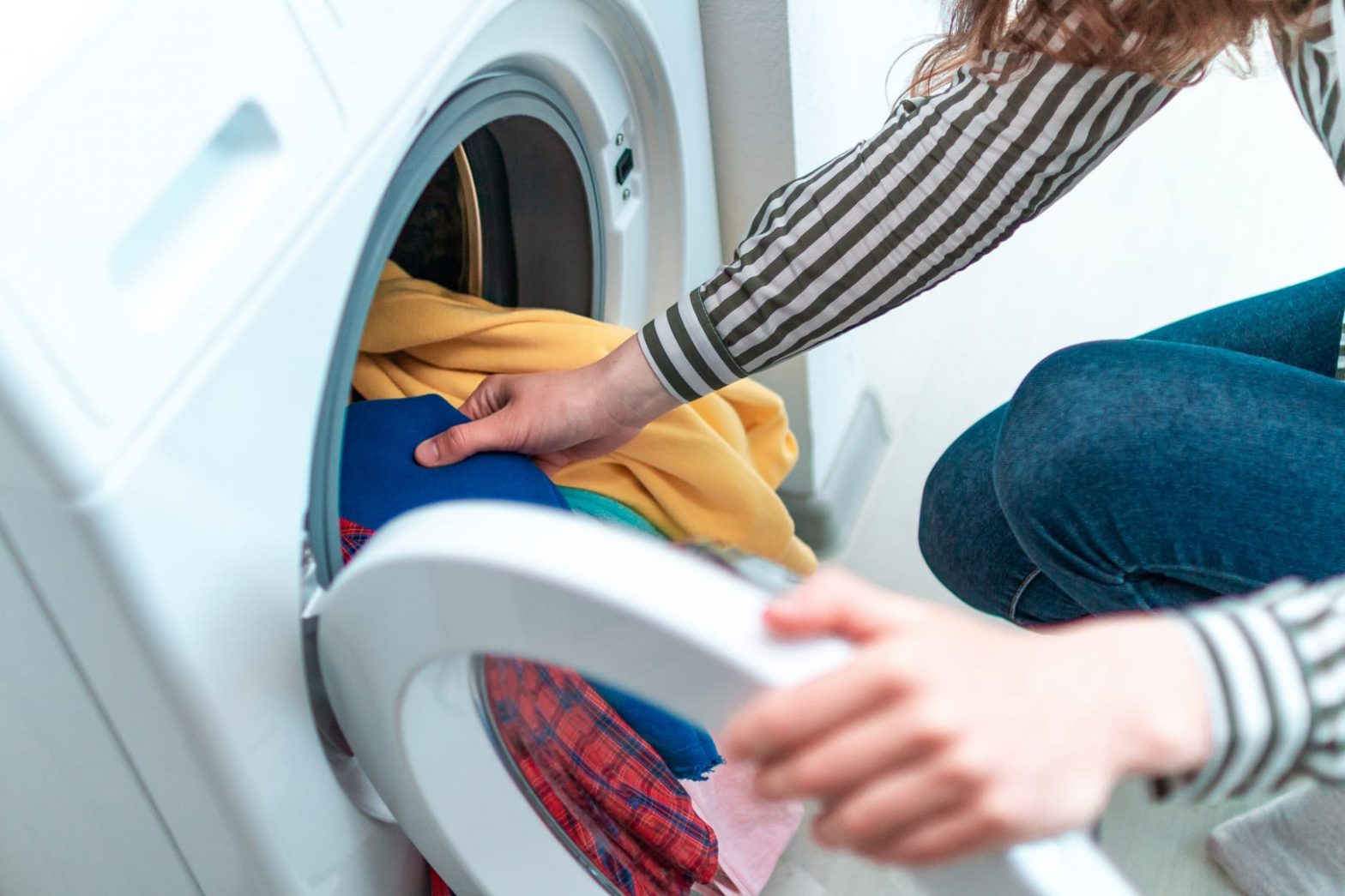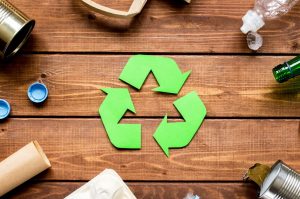You will learn from this guide how to take better care of your clothes by doing laundry more sustainably.
First, you wash your clothes only if needed. Aside from saving more energy, you can also save more water from using your washing machine many times. This is crucial because it is estimated that around 13,500 gallons of water are used every year in an average household in the laundry.
Doing so will also help lower the temperature of your washing machine so that fewer carbon emissions are produced. When you lower at least ten degrees Celsius from the temperature you use, you can save around 60% of your power consumption.
In addition, getting the microplastics released during laundry can help a lot in giving sustainable care to your clothes. That is because the use of polyester and synthetic clothing is becoming more common.
Another thing you can do is to get a Guppyfriend. This washing bag is made of a microfilter that can catch 99% of the fibers released during laundry. A Cora Ball or machine lint filter can also be used and believed to prevent about 30% of microfiber from going to the drain.
Some sustainable businesses, such as Tala, an activewear brand, now sell the Fiber Filter Bag to motivate shoppers to be more responsible in doing the laundry. Moreover, your clothes can last for a long time if you take the time to read the clothing labels.
It’s best to also opt for washing detergents and softeners that are eco-friendly. Not only can they be more easily rinsed, but they also retain the fabrics’ color.
Moreover, it would be best to avoid scrubs or powders that cause the release of more fibers in each wash. Lastly, if the weather allows, it is great not to use the dryer. Instead of tumble-drying your clothes, you can naturally air dry them outdoors or in any area with proper ventilation.




Average Rating